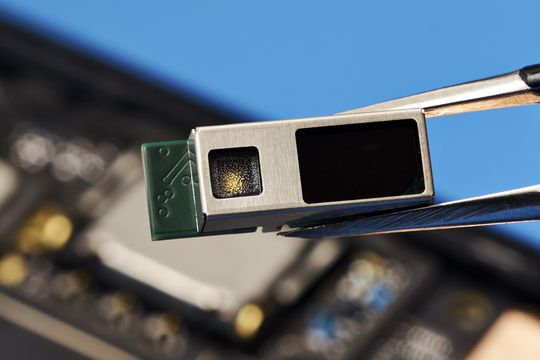Forget Wi-Fi! Infrared's Successor, Li-Fi, Offers Lightning-Fast Wireless Networking at 9.6Gbps
The IEEE standards body, known for Wi-Fi, has officially recognized Li-Fi as a physical layer for wireless local area networks

In a significant development, the IEEE standards body, known for Wi-Fi, has officially recognized Li-Fi as a physical layer for wireless local area networks. Li-Fi, which utilizes invisible infrared light, can transmit data at speeds ranging from 10 megabits per second to a staggering 9.6 gigabits per second. With this recognition, Li-Fi is no longer in competition with Wi-Fi but instead becomes an additional access point and interface that can deliver the same networks and internet to devices.
Li-Fi technology has been around for years, although its adoption has been limited. Companies have been exploring Li-Fi’s advantages, such as its high-speed, private, and interference-free connection, as well as the ability to establish direct line-of-sight communication. However, concerns about varying lighting conditions and the risk of accidental disconnections have hindered its widespread implementation.
Interestingly, there have been experiments combining Wi-Fi and Li-Fi simultaneously to overcome their respective limitations. For instance, some office computers have been intelligently directed to use Li-Fi instead of Wi-Fi to enhance the overall network performance.
Although Li-Fi has room for improvement, such as enhancing reliability and dynamic beam steering, its potential is gaining attention.
Jake illustrated the pros and cons when he tried a Li-Fi lamp in 2018. In its experiment writeup, reads “CableLabs doesn’t deny that Light Communication (LC) has room for improvement. “LC range is very sensitive to irradiance and incidence angles making dynamic beam steering (and LoS availability) attractive for future LC evolution,”
“Enterprise Wi-Fi and state-of-the-art LC performance on par but LC reliability needs to be improved. A possible approach is the use of multiple, distributed optical frontends,” reads another.
“Reliability needs to be improved”
PureLiFi, a company in the Li-Fi space, recently launched the Light Antenna One module, which can be integrated into smartphones. This module claims to deliver speeds of over 1Gbps and is compliant with the 802.11bb standard. It aims to enable mass integration of Li-Fi for the first time.
The IEEE task group has outlined 802 light communication standards, providing more information and video demonstrations. Additionally, parallel efforts are being made in the development of 802.15.13 standards for industrial and medical applications.
With Li-Fi joining the ranks of wireless networking, we can anticipate even faster data transmission speeds and improved connectivity in the future. While Wi-Fi remains prevalent, Li-Fi’s unique capabilities offer a promising alternative that may revolutionize the way we connect our devices wirelessly.




